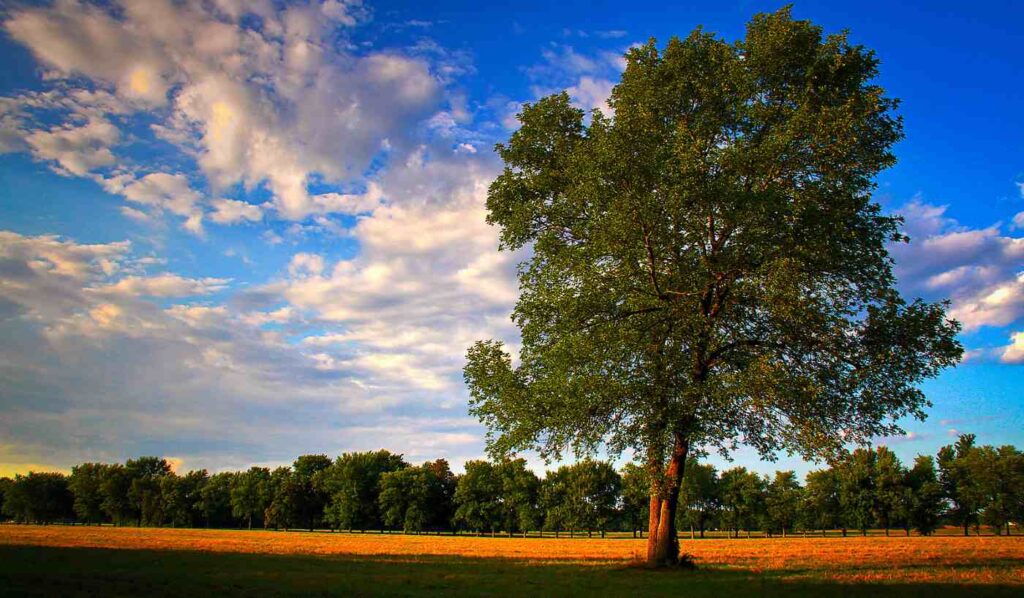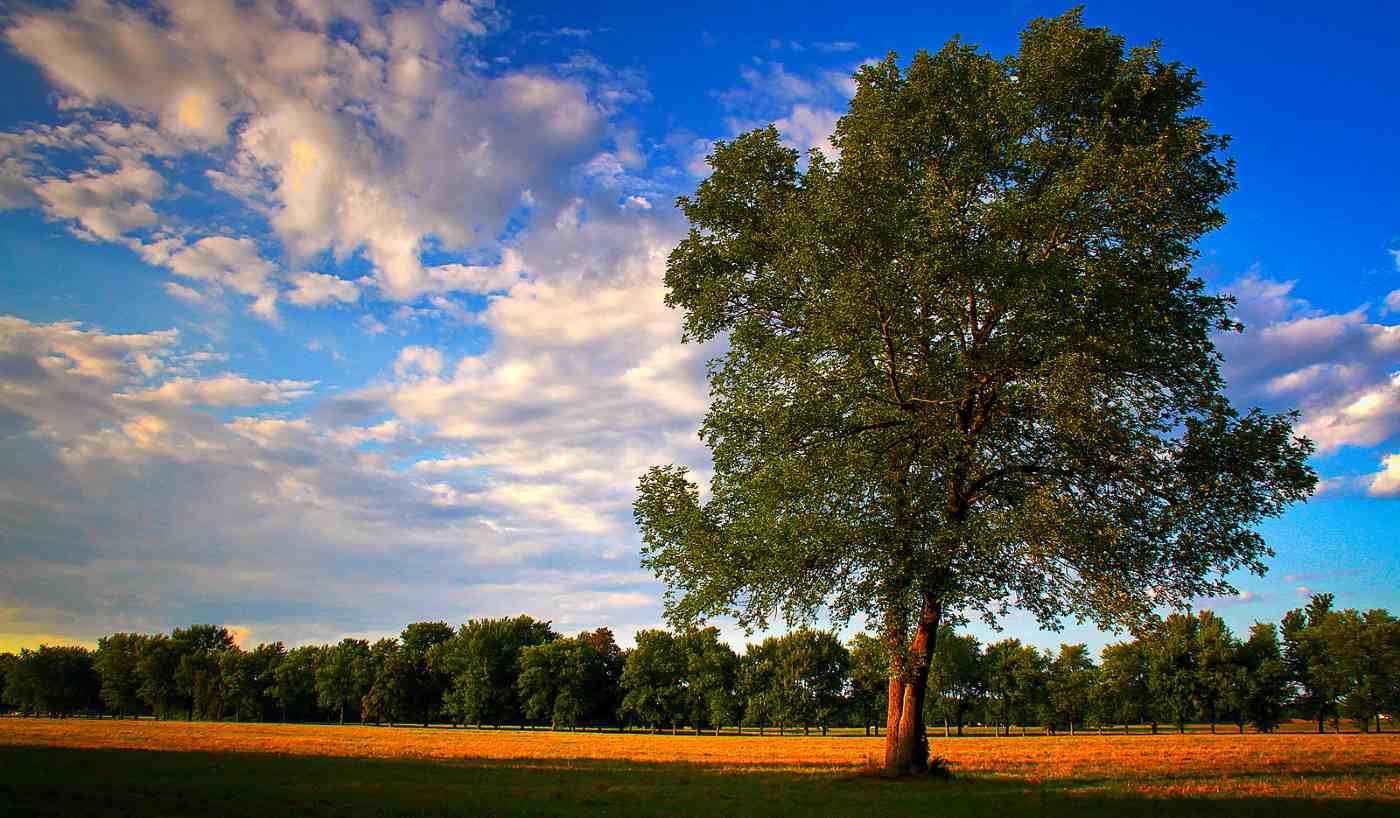
Mature oak trees will increase their rate of photosynthesis by up to a third in response to the raised CO2 levels expected to be the world average by about 2050, new research shows.
The results are the first to emerge from a giant outdoor experiment, led by the University of Birmingham in which an old oak forest is bathed in elevated levels of CO2. This latest study adds to the field that looks at the use forests as effective carbon sinks, and potentially gives climate researchers a new tool in the fight against climate change.
Increased carbon capture
Over the first three years of a ten-year project, the 175-year-old oaks clearly responded to the CO2 by consistently increasing their rate of photosynthesis.
Researchers are now measuring leaves, wood, roots, and soil to find out where the extra carbon captured ends up and for how long it stays locked up in the forest.
The increase in photosynthesis was greatest in strong sunlight. The overall balance of key nutrient elements carbon and nitrogen did not change in the leaves.
Keeping the carbon to nitrogen ratio constant suggests that the old trees have found ways of redirecting their elements, or found ways of bringing more nitrogen in from the soil to balance the carbon they are gaining from the air.
The research was carried out at the Free-Air CO2 Enrichment (FACE) facility of the Birmingham Institute of Forest Research (BIFoR), in close collaboration with colleagues from Western Sydney University who run a very similar experiment in old eucalyptus forest (EucFACE). BIFoR FACE and EucFACE are the world’s two largest experiments investigating the effect of global change on nature.
Birmingham researcher Anna Gardner, who carried out the measurements, said, “I’m really excited to contribute the first published science results to BIFoR FACE, an experiment of global importance. It was hard work conducting measurements at the top of a 25-meter oak day after day, but it was the only way to be sure how much extra the trees were photosynthesising.”
MORE: Jane Goodall Enlists Fans to Help Plant a Trillion Trees Around the World by 2030
Professor David Ellsworth, EucFACE lead scientist, said “Previous work at EucFACE measured photosynthesis increased by up to a fifth in increased carbon dioxide. So, we now know how old forest responds in the warm-temperate climate that we have here in Sydney, and the mild temperate climate of the northern middle latitudes where Birmingham sits.”
RELATED: Italy is Protecting its Giant Trees Forever – Monumental Trees that Can Live for Centuries
Professor Rob MacKenzie, founding Director of BIFoR, said of the study, published in Tree Physiology, “It’s a delight to see the first piece of the carbon jigsaw for BIFoR FACE fall into place. We are sure now that the old trees are responding to future carbon dioxide levels. How the entire forest ecosystem responds is a much bigger question requiring many more detailed investigations. We are now pushing ahead with those investigations.”
According to the Independent, he stated that this research could help with the forging of effective climate policy. “Of the [UK] prime minister’s top four climate targets—coal, cars, cash, and trees—trees are, perhaps surprisingly, the least well-understood as a climate control lever.”
“Our work adds to the small body of results from laboratories-in-the-forest that are essential to guide climate policy.”
Source: University of Birmingham
BOOST This Ground-Breaking Research by Sharing to Social Media…




















